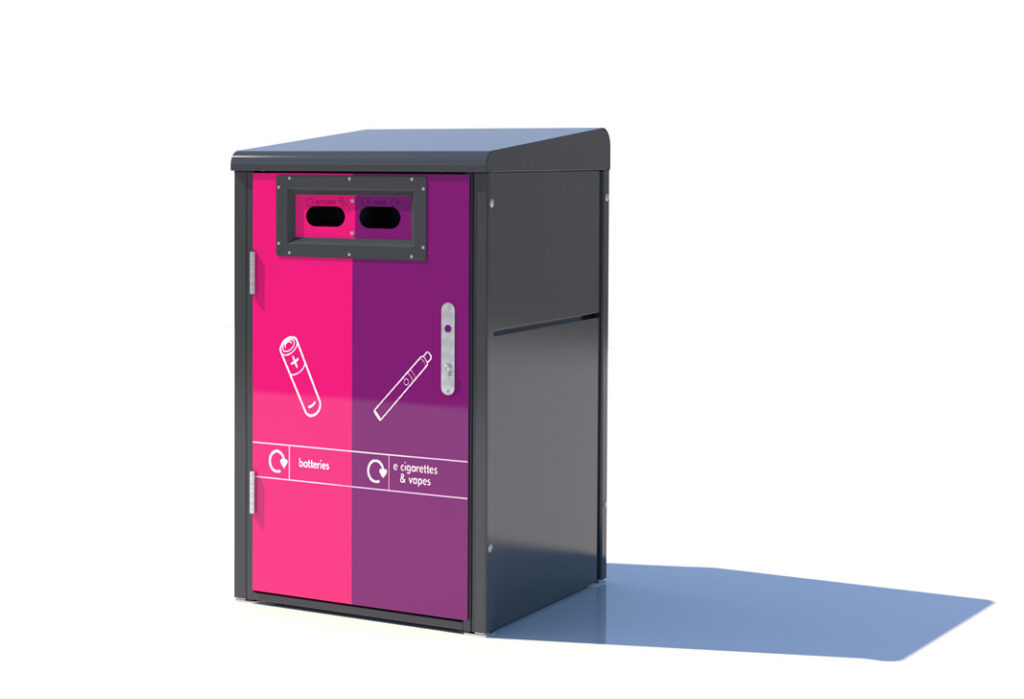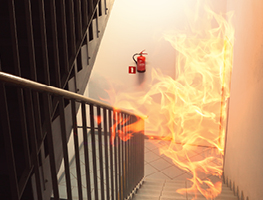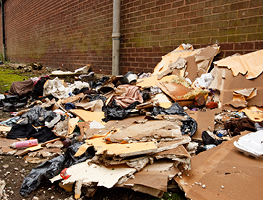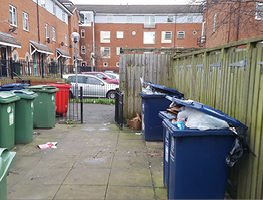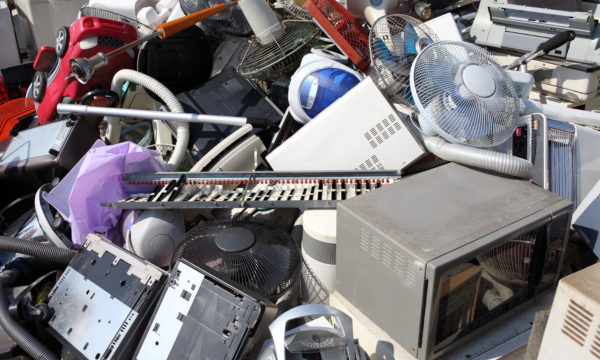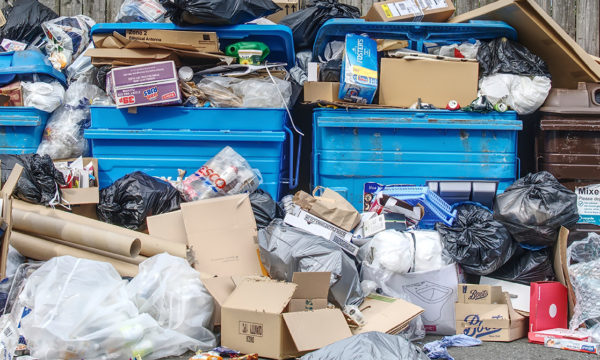Two months on from the UK Government ban on single-use vapes, the environmental and fire risks linked to these devices are far from over. While sales of traditional disposables dropped sharply, a new wave of “rechargeable” disposables has quickly taken their place, often discarded in exactly the same way as before.
The challenge now is less about legislation and more about behaviour. As research into fly-tipping has shown, people’s disposal habits are shaped as much by convenience, visibility and perception as by rules. When the system breaks down, opportunistic behaviours thrive. If bins are full, or it looks like “someone else’s problem”, the chance of more waste being dumped increases.
Changing behaviour
Vape litter is following a similar pattern. Brightly coloured devices are commonly found in black bags, on pavements or dumped in general waste bins where they pose a significant fire risk. Highstreets all over the UK are blighted by vape packaging stickers. Behavioural science tells us that simply telling people that these behaviours around vape disposal are wrong, is unlikely to be impactful. Instead, making the right action easy, attractive, social and timely for users (the EAST model), is far more likely to be successful.
Infrastructure
For vape waste, this means providing clear, accessible places to dispose of used items. Safe, fire-resistant collection points in visible, everyday locations help normalise correct behaviour, while signage and communication reinforce the message. Without this infrastructure, users will continue to take the path of least resistance which means discarding used devices dangerously or simply dumping them on our streets.
metroSTOR’s RCF Vape & Battery Units are designed to meet exactly this need. Secure, robust and fire-resistant, they give housing providers and councils a practical way to guide residents towards safer disposal. Deployed in estates, near schools and along transport routes, these units combine infrastructure with visibility, helping to manage behaviour.
It is worth considering that although the ban on disposable vapes in an important piece of legislation, only in understanding the science behind behaviour change, will we see a real difference in waste numbers and safer vape disposal.


